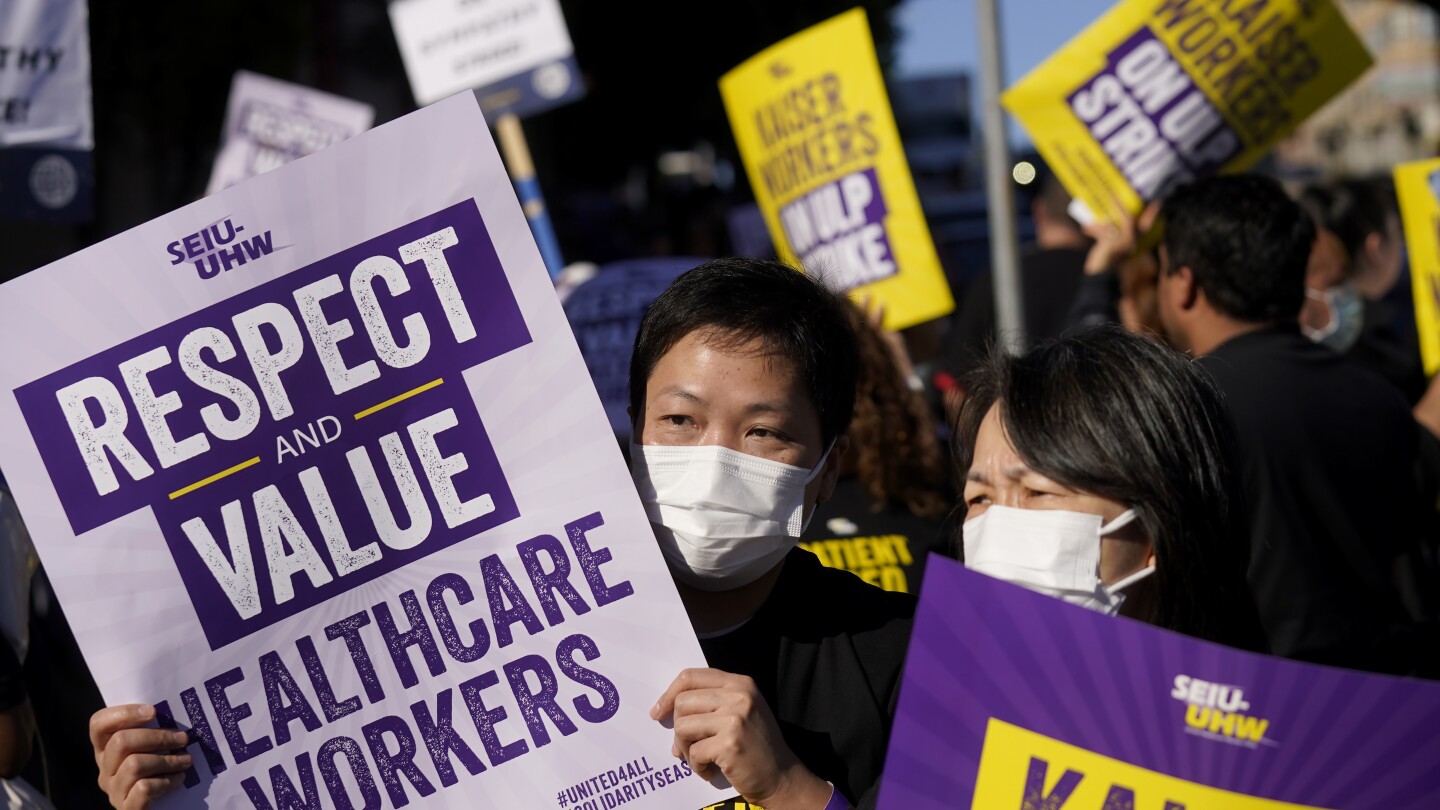It’s been a big year for labor organizing in the U.S. And from auto production lines to Hollywood, all eyes are on strikes taking the world of work by storm.
The boiling point we’re seeing today comes amid soaring costs of living and rising inequality, including growing pay gaps between workers and top executives. Now, thousands of workers who were asked to make sacrifices during the pandemic even as corporate profits soared are asking for better pay and protections — and walking off the job if progress isn’t made in heated contract negotiations.
At least 453,000 workers have participated in 312 strikes in the U.S. this year, according to Johnnie Kallas, a Ph.D. candidate and the project director of Cornell University’s Labor Action Tracker. This year’s work stoppages have spread across multiple industries — including transportation, entertainment and hospitality.
Here’s a rundown of some of the largest strikes taking place in the U.S. today.



I’m not from the US and will probably never understand US politics, but wouldn’t Democrats be on the side of working class and the most needing parts of the population? The democratic party has been ruling for the past 3 years and from 2008 to 2016 (basically just a 3 year interruption in the last 15 years) so why are we facing now a situation of social inequality and those who work for a living (as opposed to non-productive classes) are struggling the most?
Presidential party =/= ruling party
The Democratic party makes better decisions to keep the country functioning for the most part, and may help the working class more than the opposing party by sometimes increasing welfare, access to healthcare, and civil/human rights, but they are both firmly beholden to the elite in the US that exploit the working class. The dems have had the presidency, but it’s been rare that either party has a large majority control of government, so most progress is stalled by the opposing party.
Like someone else mentioned, if you are from Europe, it helps to think of both of our parties as right-wing parties, or center to center-right and right.
There’s no simple answer to your question, just like there’s no quick solution to the problem of inequality. But one premise you’ve mentioned isn’t quite correct. The democratic party hasn’t really been “ruling” for most of that time. They’ve controlled the presidency, yes. But for all except 2 years, they haven’t controlled Congress (it’s been either divided or republican controlled), and they haven’t controlled the supreme court. That said, a lot of Democrats are still happy to push the status quo, and there’s plenty of warranted criticism to go around.
Democrats and Republicans agree on unions, with few exceptions.